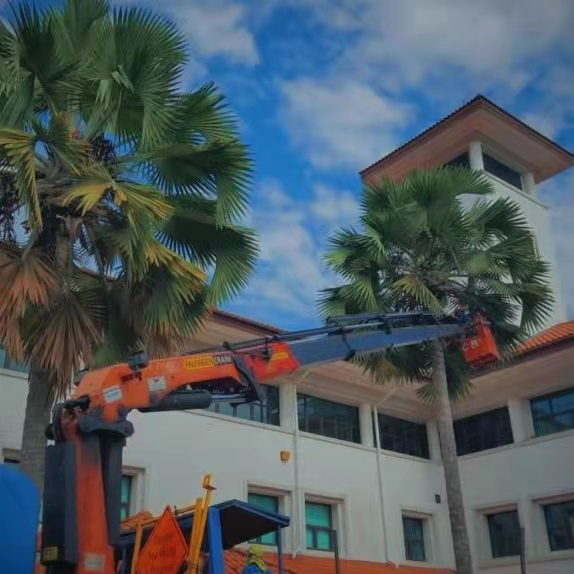Trees are a vital part of our environment, providing us with oxygen, shade, and beauty. However, there are times when tree removal becomes necessary for safety, aesthetic, or environmental reasons. In this comprehensive guide, we’ll explore everything you need to know about tree removal, including why it’s necessary, signs that it might be time to remove a tree, the tree removal process, cost factors, environmental considerations, and FAQs.
Why Tree Removal is Necessary
Trees enhance our landscapes, but there are instances where their removal is imperative. Diseased, damaged, or dead trees pose significant safety hazards, threatening property and lives during storms or high winds. Additionally, certain species can become invasive, disrupting local ecosystems. Moreover, overcrowded trees compete for resources, affecting their health and growth. Understanding the necessity of tree removal is crucial for maintaining a safe and healthy environment.
Signs That Tree Removal May Be Necessary
Identifying signs that a tree needs removal can prevent potential disasters. Look out for dead or dying branches, leaning or unstable trees, signs of pest infestations or diseases, and trees that are overcrowded and affecting neighboring vegetation or structures. If a tree exhibits any of these signs, it’s essential to consider removal to avoid further complications.
The Tree Removal Process
Tree removal is a specialized task that requires careful planning and execution. Begin with a thorough assessment of the tree’s condition and the surrounding area. Depending on local regulations, permits may be necessary before proceeding with removal. While some may opt for a DIY approach, hiring a professional tree removal service ensures safety and expertise in handling the process. Utilizing specialized equipment and techniques, such as rigging and cutting, professionals efficiently remove trees while minimizing risks to property and individuals.
Factors Affecting the Cost of Tree Removal
Several factors influence the cost of tree removal. The size, species, and location of the tree play a significant role, as do the complexity of the removal process and accessibility to the site. Additional services, such as stump grinding or debris removal, also contribute to the overall cost. Understanding these factors helps in obtaining accurate estimates and budgeting for tree removal projects.
Environmental Considerations
Tree removal can have environmental implications, but there are ways to mitigate its impact. Consider the role of trees in local ecosystems and implement strategies to minimize environmental damage during removal. Repurposing or recycling tree materials, such as using wood chips for mulch or lumber for construction, promotes sustainability and reduces waste.
Takeaway
Tree removal is a necessary aspect of arboriculture, ensuring safety, aesthetics, and environmental health. By understanding the reasons for tree removal, signs indicating its necessity, the removal process, cost factors, environmental considerations, and common questions, individuals can make informed decisions regarding tree management. Remember to prioritize safety and seek professional assistance when needed.










